Kawasaki Open Class History – Part 2: Enter the Ninja
If you read part one last month, you know I left off with Kawasaki still producing an air cooled 1100cc 4-cylinder with architecture dating back to the late 60s. Sure, the GPZ1100 had a mono-shock and competitive torque and power, but Honda had already introduced the perimeter framed, liquid cooled, V4 Interceptor/Sabre/Magna lineup that made them look like dinosaurs. But just like they did in 1973, Kawasaki was about to advance the evolution of sportbikes by one giant leap when they introduced the all new for 1984 GPz900 Ninja.
1984-96 GPZ900 Ninja
While many parts of the new bike were conventional—like the wheels, suspension and brakes—the motor and frame used everything Kawasaki had learned in years of racing to correct issues inherent in the old air cooled bikes.
The motor was a liquid cooled, compact design, with 4-valves per cylinder and dual overhead cams operated by a chain on the left side of the motor. It was more compact than the old air cooled lumps, with a shorter stroke that allowed it to mount lower down in the chassis.
The frame was a conventional steel tube design, but the engine was now a stressed member, which provided a more solid connection between the steering head and the swingarm pivot. Though these were certainly not light weight bikes (weighing in at over 500lbs), the light weight revolution didn’t start until Suzuki created the GSX-R in 1986.
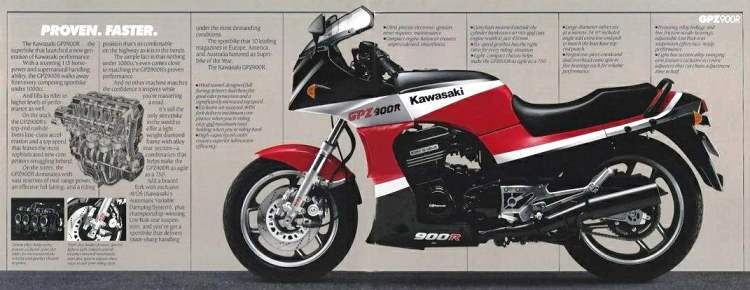
These Ninjas were the first production motorcycles to have a top speed above 150mph. Right out of the box, Kawasaki entered them in the Isle of Man TT and got first and second in their class.
Kawasaki sold them in the USA until 1996—with not a lot of modifications—and until 2003 in Japan. John Bloor and the engineers at the new Triumph were so impressed by these bikes they basically reverse engineered the first Hinckley 900 and 1200 motors from the original 1980s Kawasaki designs—with a few improvements.
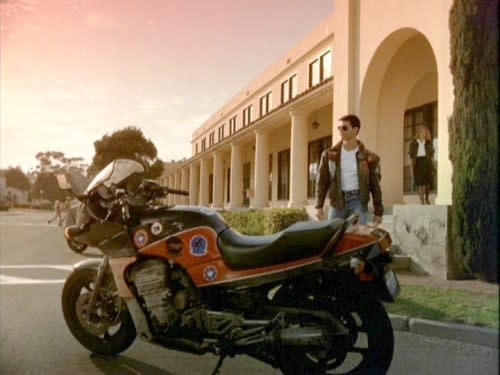
MUST READ: Pricing Announced for Honda Africa Twin | RideApart
Prices today reflect that these bikes were all ridden hard and put away wet, with an excellent condition one going for nearly $5,000 according to N.A.D.A, though you can get a good condition bike for less than $2,000.
And of course, for men of a certain age, this bike will always be associated with the movie Top Gun.

1985-86 Eliminator 900 and 1987-88 Eliminator 1000
In 1985, Kawasaki took that Ninja motor and created one of the greatest factory straight line bikes ever with the Eliminator 900. To me, it looks like a cross between the old air cooled LTD cruisers and a home built Kawasaki chopper. I’d much rather cruise to bike nights on an Eliminator than on any V-twin powered Harley knock off. Unfortunately, the market doesn't share my enthusiasm, with excellent condition bikes selling for about $2,500, and later 1000cc 1987-88 models selling for even less.
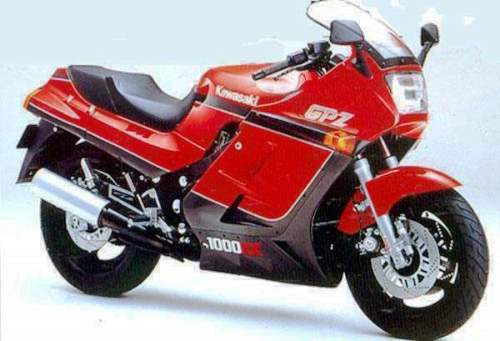
1986-88 ZX1000 Ninja
Called the GPZ1000RX Ninja in some markets, this bike was just an evolution of the original 900 design. It's more powerful and faster, but also slightly heavier. The chassis, however, was almost all new. Instead of a conventional steel tube chassis, the new 1000 used a square tube steel perimeter style frame—plus a stiff aluminum swingarm.
These bikes were not as successful as the original 900 Ninja, but were faster in the right hands. The N.A.D.A. guide says you can get an excellent used one for about $4,000 and good condition ones are still over $1,500, so they must still have a following among (the good kind of) speed addicts.
MUST READ: The Distinguished Gentleman's Ride is Fast Approaching | RideApart
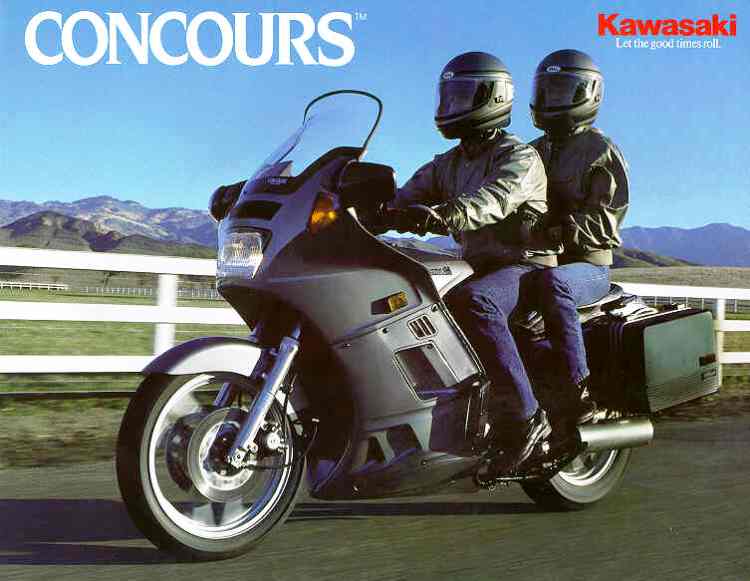
1986-2006 Concours 1000
There is no real way to pin a value on these bikes because they were made for so many years. This is the Kawasaki touring bike with the heart of the Ninja and its shaft drive.
In 1986, Kawasaki was aiming squarely at the sport touring market that BMW had pretty much dominated. The Concours make good commuter bikes and can even be fun to ride, though they are heavy. Being touring focused (with factory removable hard bags) most of them had adult owners and were well maintained, unlike the Ninjas. Good condition 1986 versions go for less than $800, while the 1990s go for a little more than $1,000, and the 2000s for about $1,500.
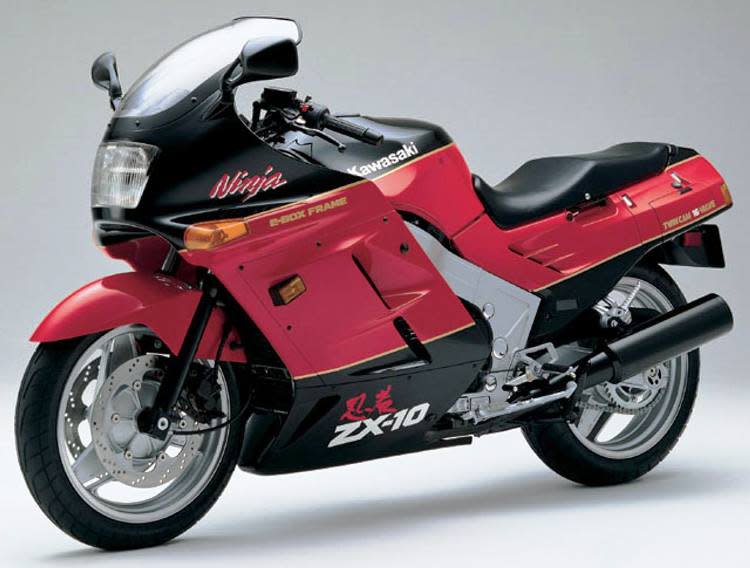
1988-90 Ninja ZX-10
You may have started to notice a trend here—the relentless march of progress is speeding up. The latest and greatest bike can’t hold onto that title for more than a year or maybe two before the newest thing comes along and is even better.
The 1988 Kawasaki ZX-10 was an all-new design and features a modern aluminum perimeter frame like you would expect on a modern sportbike. The motor made more power, the chassis handled great, and the brakes and suspension were new and better too.

 Yahoo Autos
Yahoo Autos 
